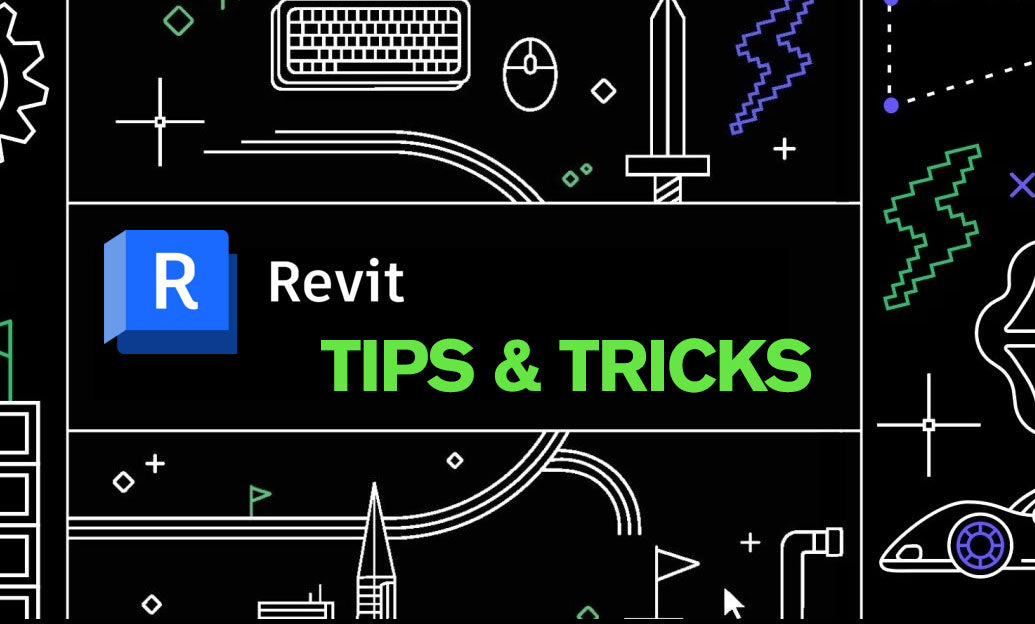Your Cart is Empty
Customer Testimonials
-
"Great customer service. The folks at Novedge were super helpful in navigating a somewhat complicated order including software upgrades and serial numbers in various stages of inactivity. They were friendly and helpful throughout the process.."
Ruben Ruckmark
"Quick & very helpful. We have been using Novedge for years and are very happy with their quick service when we need to make a purchase and excellent support resolving any issues."
Will Woodson
"Scott is the best. He reminds me about subscriptions dates, guides me in the correct direction for updates. He always responds promptly to me. He is literally the reason I continue to work with Novedge and will do so in the future."
Edward Mchugh
"Calvin Lok is “the man”. After my purchase of Sketchup 2021, he called me and provided step-by-step instructions to ease me through difficulties I was having with the setup of my new software."
Mike Borzage
Design Software History: Impact of AI on Digital Content Creation: A Historical and Technological Perspective
September 13, 2024 3 min read


The Dawn of AI in Digital Content Creation
Historical Context
The integration of artificial intelligence (AI) in digital content creation traces its roots back to the early experiments of the 1990s. The groundwork laid by pioneers like Marvin Minsky and John McCarthy, often referred to as the fathers of AI, set the stage for the transformative changes we witness today. Marvin Minsky's work at the Massachusetts Institute of Technology (MIT) and John McCarthy's contributions, including the coining of the term "artificial intelligence," were instrumental in establishing the foundational principles of AI.
Foundational Technologies
The evolution of AI in digital content creation was significantly driven by the development of neural networks. Initial applications of neural networks, albeit rudimentary compared to today's standards, provided a glimpse into the future potential of AI. The advancements in computational power, particularly during the early 2000s, played a critical role in enabling these technologies. The development of more sophisticated algorithms and the increase in data processing capabilities allowed neural networks to perform complex tasks, paving the way for their application in content creation.
Transformative Technologies and Software
Key Innovations
One of the most significant breakthroughs in AI technology was the introduction of Generative Adversarial Networks (GANs) by Ian Goodfellow in 2014. GANs revolutionized the field of content creation by enabling machines to generate content that was almost indistinguishable from that created by humans. This innovation marked a turning point in AI research and applications, leading to a surge in AI-driven content creation tools.
Deep Learning, a subset of machine learning, further accelerated the revolution in digital content creation. The ability of deep learning algorithms to analyze and learn from vast amounts of data enabled the creation of more sophisticated and realistic content. These technologies have been instrumental in transforming the way digital content is created, edited, and consumed.
Software Revolution
The advent of AI-driven tools has significantly impacted the digital content creation landscape. Software such as Adobe Sensei, DeepArt, and RunwayML have empowered creators with unprecedented capabilities. These tools utilize AI to enhance and automate various aspects of content creation, from image editing and video production to generating entirely new pieces of art.
- Adobe Sensei: Integrated into Adobe's suite of products, Adobe Sensei uses AI and machine learning to enhance creative workflows, providing features like automated image tagging, intelligent video editing, and personalized content recommendations.
- DeepArt: An AI-powered platform that transforms photos into artwork by applying styles of famous artists using neural networks.
- RunwayML: A creative suite of AI tools that enables artists, designers, and developers to use machine learning in their projects without needing deep technical expertise.
AI in Various Content Creation Domains
Visual Arts
AI has made significant inroads in the domain of visual arts. From image and video creation to editing, AI-driven tools have transformed traditional processes. AI algorithms can now generate high-quality images and videos, apply artistic styles, and even restore damaged artwork. Notable projects include AI-generated art exhibitions and films that showcase the creative potential of AI.
Text and Media Content
Natural Language Processing (NLP) has been a game-changer in the realm of text and media content creation. NLP technologies enable machines to understand, interpret, and generate human language, facilitating tasks such as content writing, summarization, and translation. Companies like OpenAI have been at the forefront of this revolution, with products like GPT-3 demonstrating the remarkable capabilities of AI in generating coherent and contextually relevant text.
Music and Audio
In the field of music and audio, AI has opened new frontiers for composition and sound design. Tools like AIVA (Artificial Intelligence Virtual Artist) and Jukedeck use AI to compose music, providing artists with new creative possibilities. These tools analyze vast datasets of musical compositions to create original pieces that range from classical to contemporary genres.
Ethical Considerations and the Future of AI in Digital Content Creation
Ethical and Social Implications
The rise of AI in digital content creation brings forth several ethical and social implications. Issues of authorship and copyright in AI-generated content are at the forefront of these discussions. As AI-generated works become more prevalent, determining the rightful owner of such content poses significant legal challenges. Additionally, the impact of AI on employment in creative industries cannot be overlooked. While AI offers new tools and opportunities, it also raises concerns about job displacement and the future role of human creators.
Future Prospects
Looking ahead, the future of AI in digital content creation appears promising, with predictions for next-generation AI tools and their potential capabilities. The ongoing evolution of AI and its collaboration with human creativity is expected to lead to even more sophisticated and innovative content creation methods. As AI continues to advance, it will likely become an indispensable partner in the creative process, enhancing human creativity and pushing the boundaries of what is possible.
Also in Design News

2D/3D Animation:Collaboratory with Mike Morris and Aaron Paetz
February 20, 2025 1 min read
Read More
ZBrush Tip: Enhancing Organic Sculpting Techniques in ZBrush: Key Tips and Resources
February 20, 2025 2 min read
Read More
Revit Tip: Mastering Revit's Edit Profile Tool for Customized Design Efficiency
February 20, 2025 2 min read
Read MoreSubscribe
Sign up to get the latest on sales, new releases and more …


